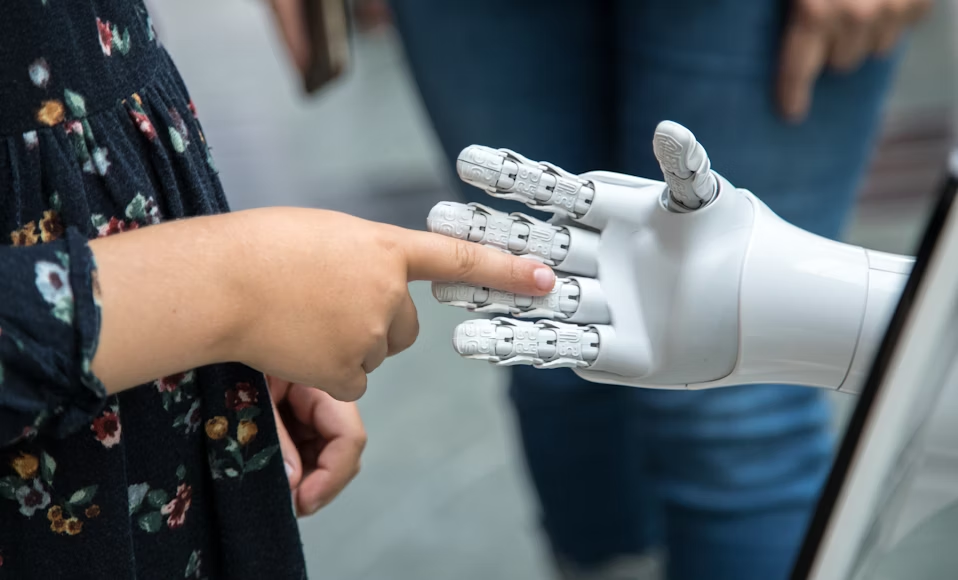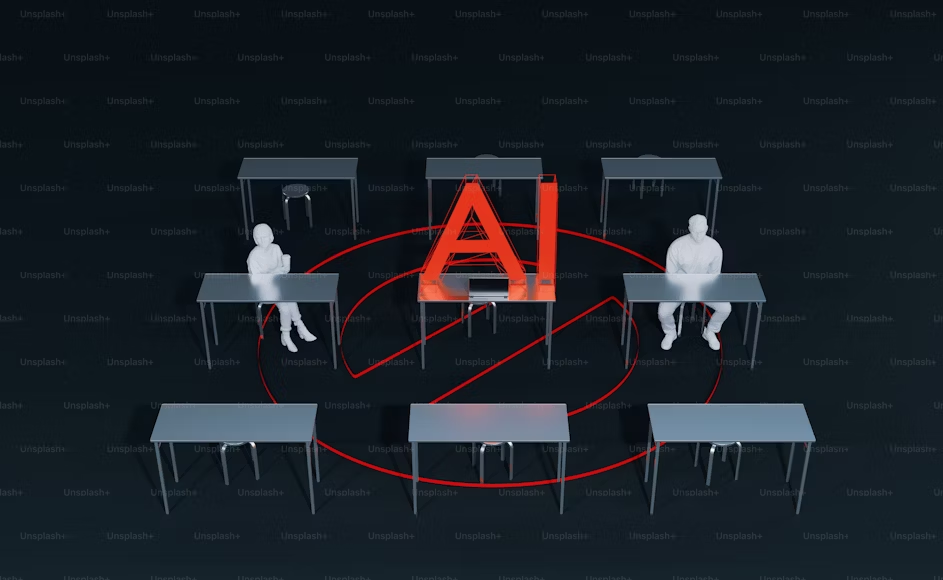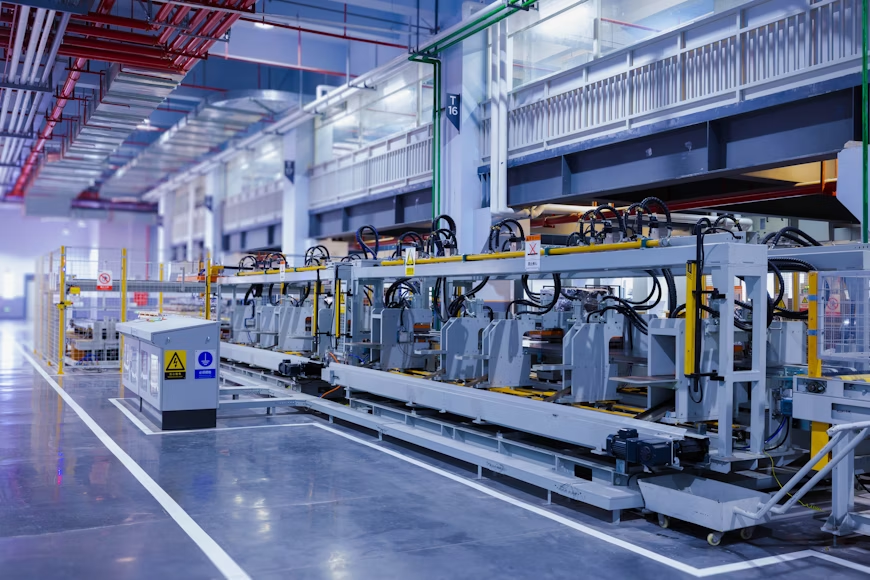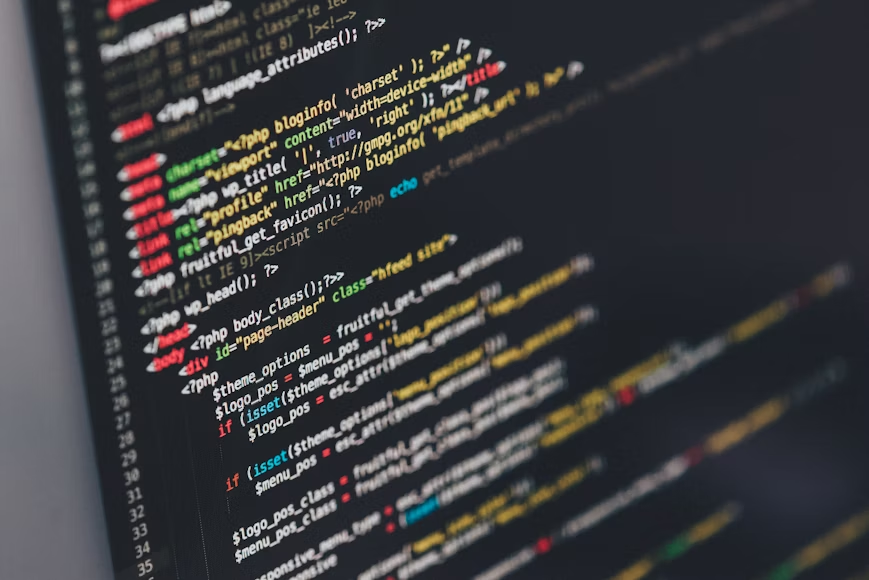The impact of artificial intelligence on education has made tremendous strides across various sectors, including healthcare, transportation, and finance. However, one of the most transformative and promising applications of AI lies in the field of education. AI has revolutionised the way educators teach and students learn by enabling personalised learning, automating administrative tasks, enhancing access to education, and reshaping curricula to prepare students for an AI-driven future. This article explores the multifaceted impact of AI on education, highlighting both its advantages and the challenges that need to be addressed.
1. Personalized Learning
Personalised learning is one of the most significant ways AI is changing education. A one-size-fits-all strategy is frequently used in traditional educational systems, which can fail to push certain students while leaving others behind. AI, on the other hand, is able to build personalised learning experiences by analysing a student’s learning habits, skills, and weaknesses.
Intelligent Tutoring Systems (ITS) and AI algorithms are used by programs like DreamBox and Carnegie Learning to adjust in real time to the learning pace of their students. By offering resources, recommendations, and personalised feedback, these systems let students learn subjects at their own speed. For instance, an advanced learner can go on to more difficult content, while a struggling student can get more practice problems and explanations.
2. Automation of Administrative Tasks
Lesson preparation, attendance, and grading are administrative duties that frequently take up a large amount of a teacher’s time. AI technologies assist in automating these monotonous duties, giving teachers more time to concentrate on instruction and student involvement.

AI-powered grading systems are now able to accurately evaluate essays, short responses, and multiple-choice exams. Machine learning is used by platforms such as Gradescope and Turnitin to assess written work and detect plagiarism. These solutions enable students to receive feedback more quickly and lessen the workload for teachers.
AI can also help with enrolment, scheduling, and parent and student communication. Catboats and other virtual assistants can provide routine answers to questions about deadlines, class schedules, and school policies, increasing productivity.
3. Enhanced Access to Education
By expanding access for students in underscored or remote areas, artificial intelligence is removing obstacles to education. AI-powered online learning platforms like Khan Academy, Coursera, and Duolingo provide millions of people worldwide with free or inexpensive education.
Language translation tools make education more inclusive by granting students access to educational resources in a variety of languages. Similarly, AI-driven accessibility tools, like text-to-speech or speech recognition, help students with disabilities participate more actively in the learning process.
In regions where there is a shortage of qualified teachers, AI can supplement teaching by providing instructional content, assessments, and even one-on-one tutoring.
4. Smart Content Creation
AI is also being used to produce and choose educational content. Digital textbooks, interactive simulations, video lectures, and modified classes are examples of smart content. By adapting these materials to various age groups and learning styles, education can become more effective and entertaining.
AI is used, for instance, by platforms such as Content Technologies Inc. to create textbooks that are suited to particular curricula. Others, such as Cahoot! and Quizlet, use AI to develop interactive games and quizzes that enhance learning and make it enjoyable.
5. Early Identification of Learning Gaps
AI programs are able to monitor a student’s development over time and spot problem areas before they become serious issues. With the help of these insights, parents and educators can provide resources and tailored support at an early stage.
On the basis of performance data, predictive analytics can also predict student outcomes. This data can be used by educational institutions to create at-risk student assistance programmes, raise academic achievement, and increase retention rates.
6. Virtual Classrooms and AI Tutors
AI is becoming a crucial component of online classrooms due to the growth of virtual learning settings. AI-powered instructors, like IBM’s Watson Education or Squirrel AI in China, offer pupils immediate, on-demand assistance. These tutors are able to respond to enquiries, clarify complex ideas, and provide engaging activities.

Immersion learning experiences are produced by combining artificial intelligence (AI) with virtual reality (VR) and augmented reality (AR). From the comfort of their homes or classrooms, students can practise their language skills in authentic settings, perform virtual science activities, or visit historical locations.
7. Data-Driven Decision-Making
AI gives educational institutions the ability to make decisions based on data. Teachers and administrators can make well-informed decisions on curriculum development, instructional techniques, and resource allocation by examining student data.
For example, the institution can reassess the teaching strategies or provide more resources if data indicates that students in a given class routinely perform poorly in math. Schools can also determine which programmes work best and make the necessary investments.
8. Ethical Concerns and Challenges
The use of AI in education has many advantages, yet there are drawbacks as well as moral dilemmas. Given that AI systems need access to vast volumes of personal data, data privacy is a significant concern. It is essential to make sure that this data is used appropriately and maintained securely.
Algorithmic prejudice is another issue. AI systems may inadvertently perpetuate current disparities if they are trained on biased data. AI-based admissions or assessment systems, for instance, may give preference to some demographic groups over others.
Furthermore, an over-reliance on AI could result in less human interaction, which is crucial for the development of social and emotional skills. Machines cannot take the place of teachers in their roles as emotional advisors, mentors, and motivators.
9. Preparing for an AI-Driven Future
It’s critical that educational systems equip students for a world where artificial intelligence will play a major role as the technology develops. This involves instructing pupils in critical thinking, coding, and digital literacy. AI must be incorporated into academic programmes at schools and universities, not just as a subject but also as a cross-disciplinary tool.
Effective use of AI tools requires training for teachers as well. Helping educators comprehend AI, its advantages, and its drawbacks should be the main goal of professional development programmes.




